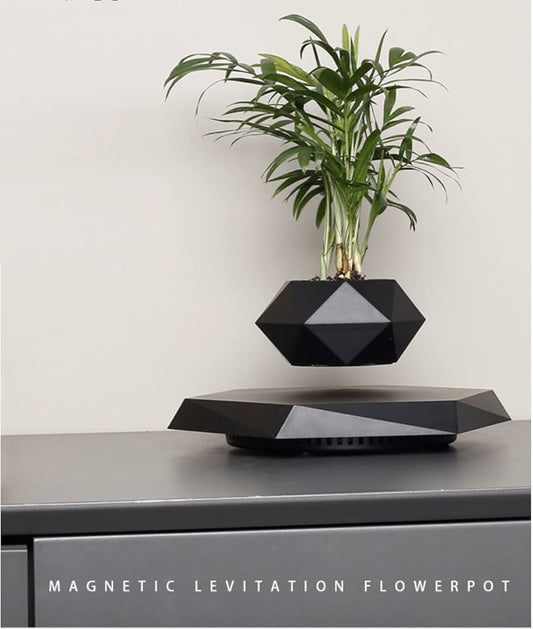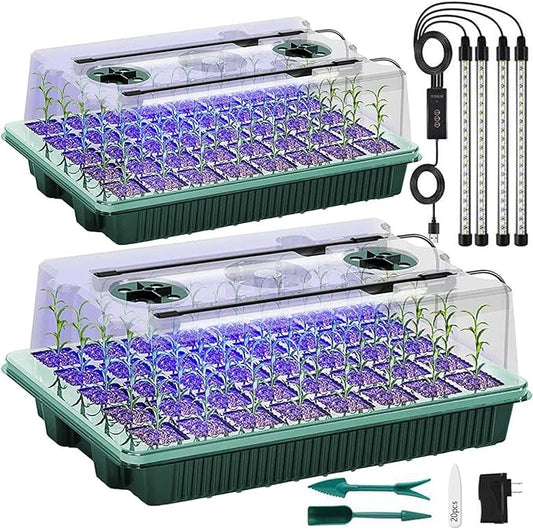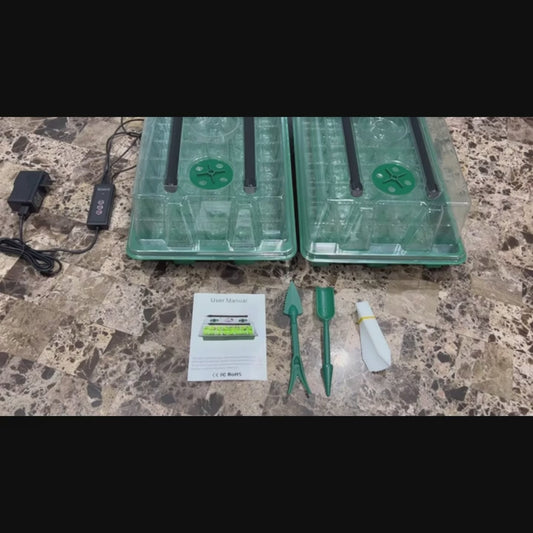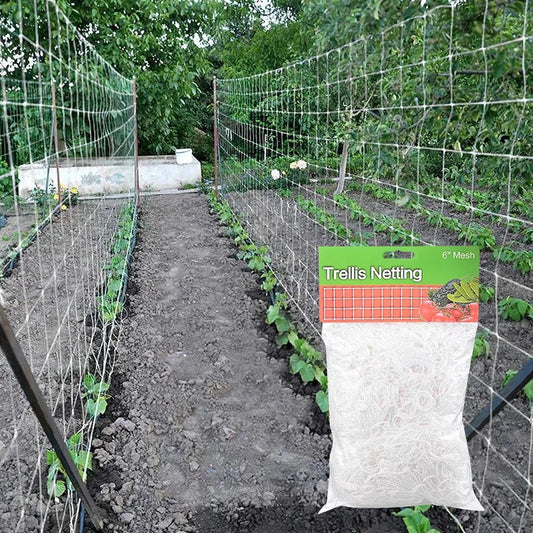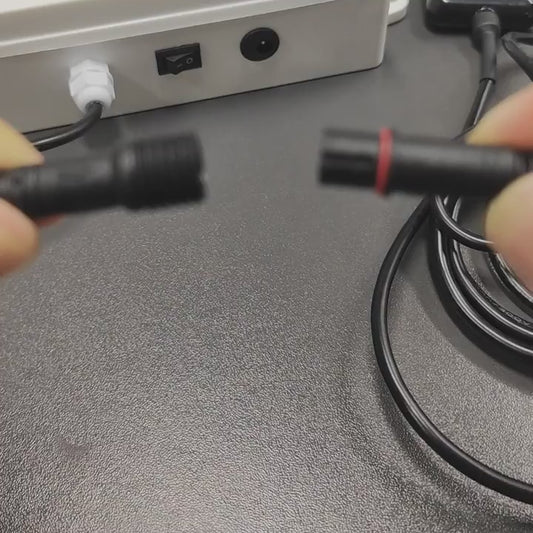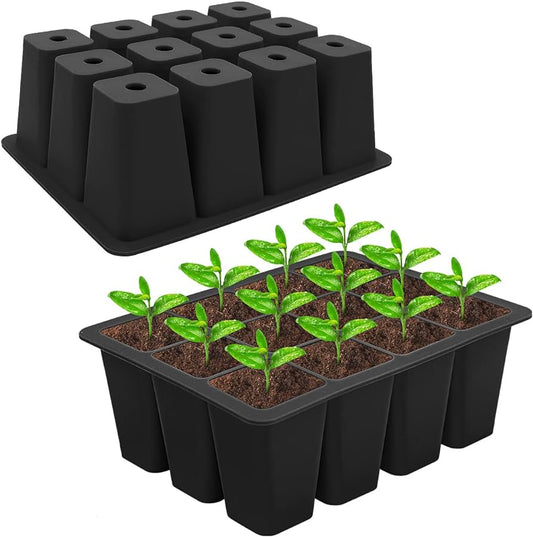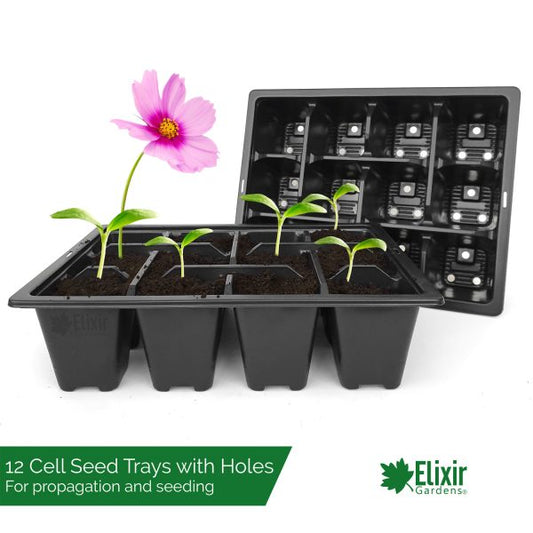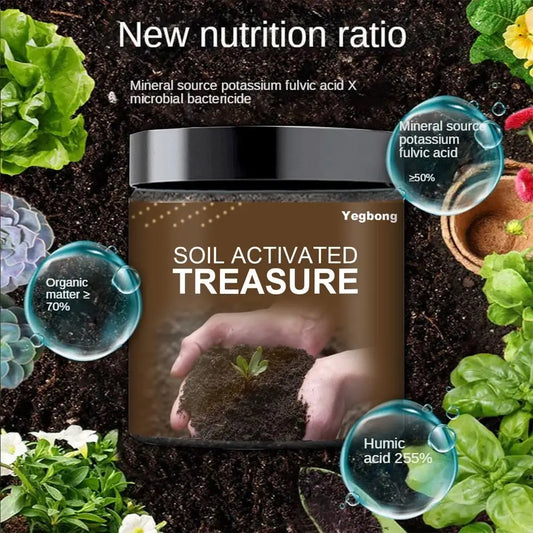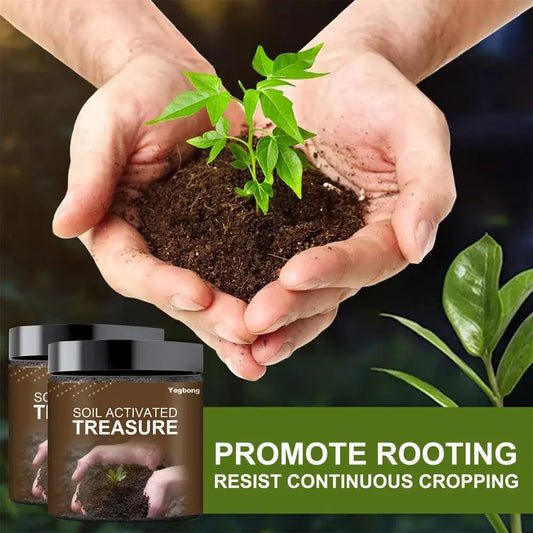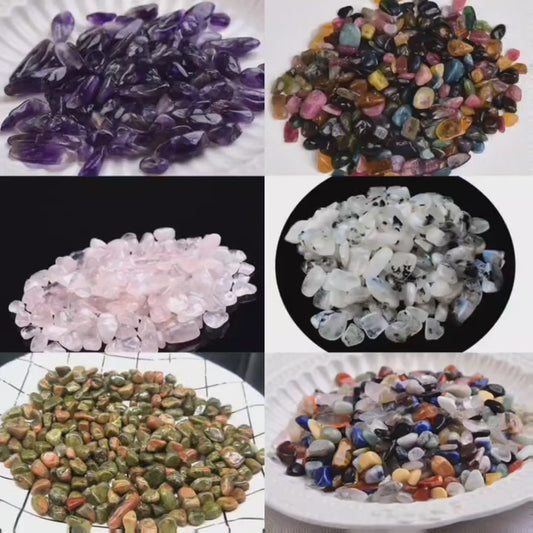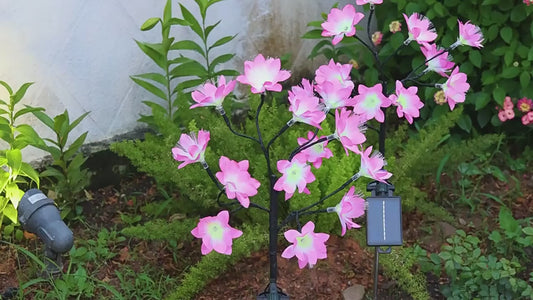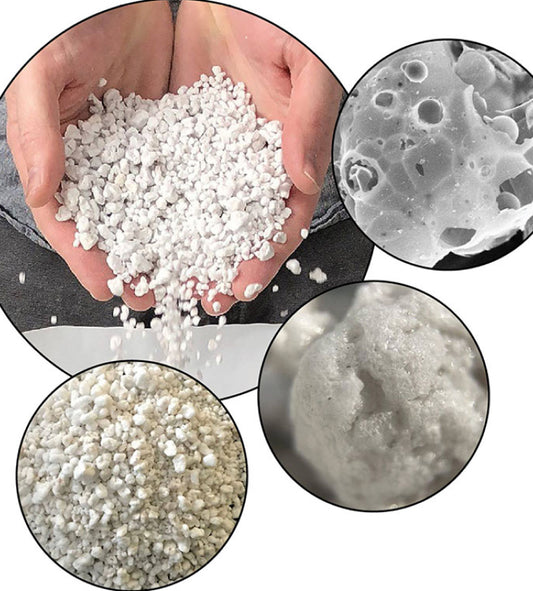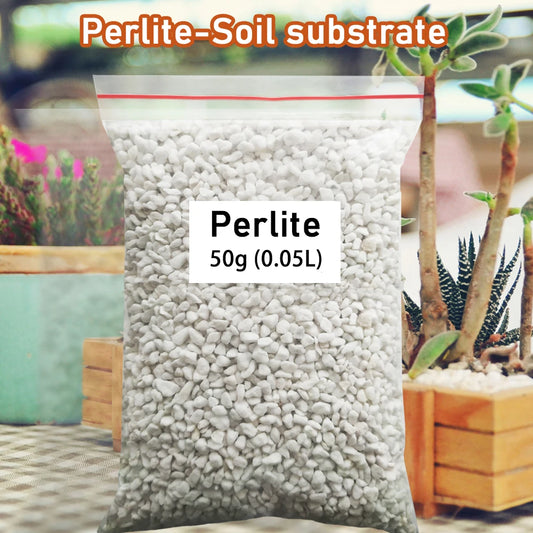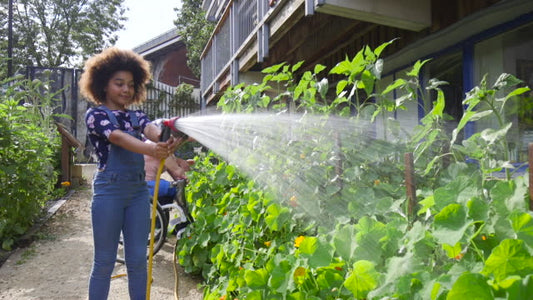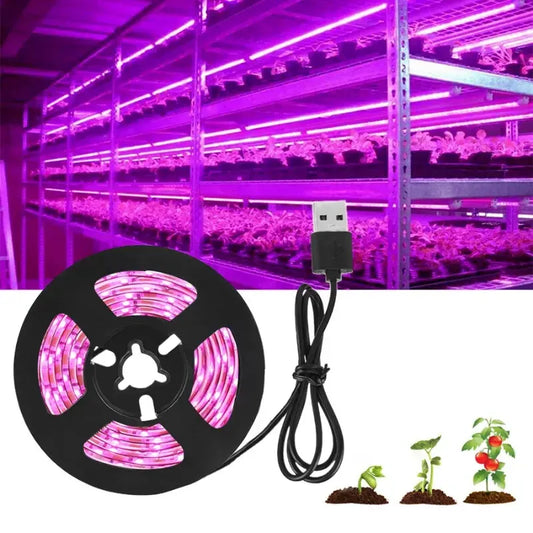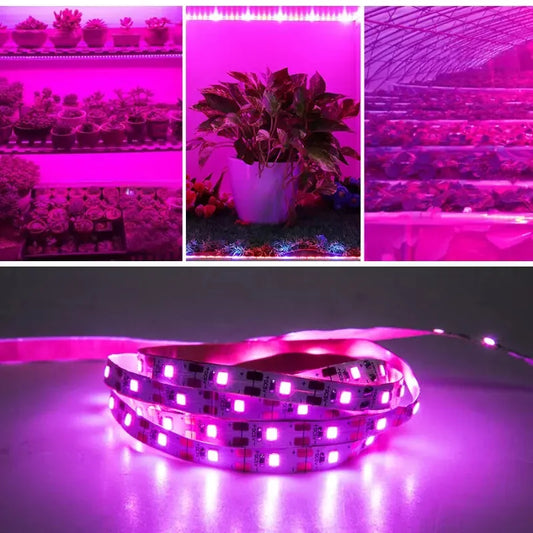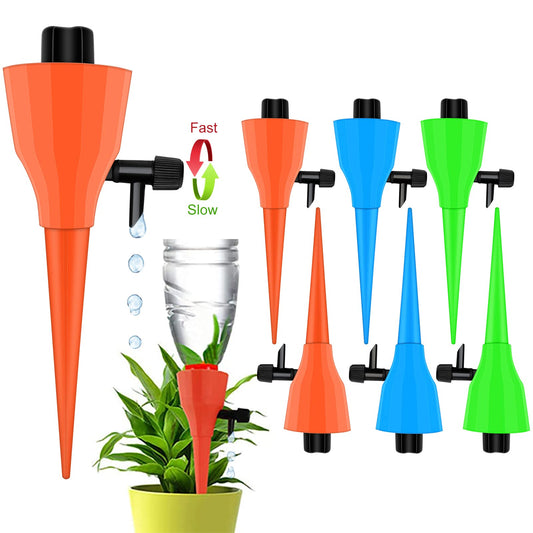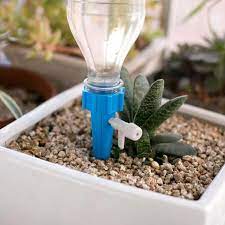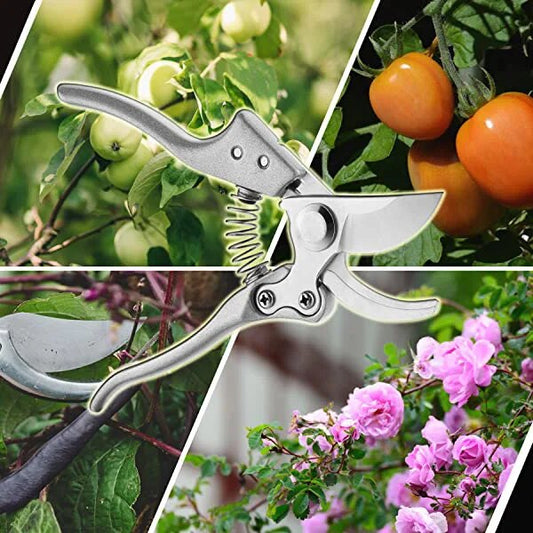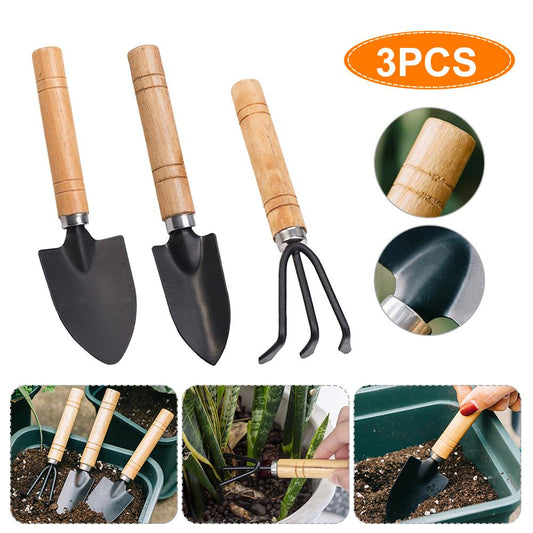Soil improvement is like raising children. Be patient and one day you will see sweet results.
Making your soil healthy and vibrant is crucial for growing bountiful vegetables and dazzling flowers. Here are some key steps to follow:
1. Test your soil:
- pH level: Knowing your soil's pH is essential, as most vegetables and flowers prefer slightly acidic soil (around 6.0 to 7.0). You can purchase a simple soil test kit at most garden centers.
2. Add organic matter:
- Compost: This all-star amendment adds vital nutrients, improves drainage and aeration, and fosters beneficial microbes. Add a 2-3 inch layer of compost and mix it well into the top 6-8 inches of soil.
- Manure: Well-rotted manure is another excellent source of nutrients, but use it sparingly as fresh manure can burn plants.
- Leaf mold: Shredded leaves decompose slowly, adding valuable organic matter and improving soil structure.
3. Improve drainage:
- Clay soil: If your soil is heavy and clay-like, it needs better drainage. Add amendments like sand, perlite, or vermiculite to loosen the soil and allow water to flow through.
- Raised beds: Building raised beds with well-draining soil mix is a great option for poorly draining areas.
4. Add specific nutrients:
- Nitrogen: Essential for leafy greens, vegetables like spinach and lettuce benefit from nitrogen-rich fertilizers like blood meal or composted manure.
- Phosphorus: Promotes root growth and flowering. Bone meal and rock phosphate are good sources of phosphorus.
- Potassium: Crucial for fruit and flower development. Wood ashes and kelp meal are rich in potassium.
5. Cover crops:
- Planting cover crops like clover, buckwheat, or ryegrass in between vegetable seasons protects the soil from erosion, adds organic matter, and attracts beneficial insects.
Bonus tips:
- Rotate your crops: Planting different vegetables in the same spot each year depletes specific nutrients and attracts pests. Rotate your crops annually to maintain soil health and prevent pest problems.
- Mulch: Apply a layer of organic mulch around your plants to suppress weeds, retain moisture, and regulate soil temperature.
- Observe and adjust: Pay attention to your plants' growth and adjust your soil amendments or fertilization practices as needed.
Remember that creating healthy soil is an ongoing process. By following these steps and observing your garden, you can create a thriving environment for your vegetables and flowers to flourish!



